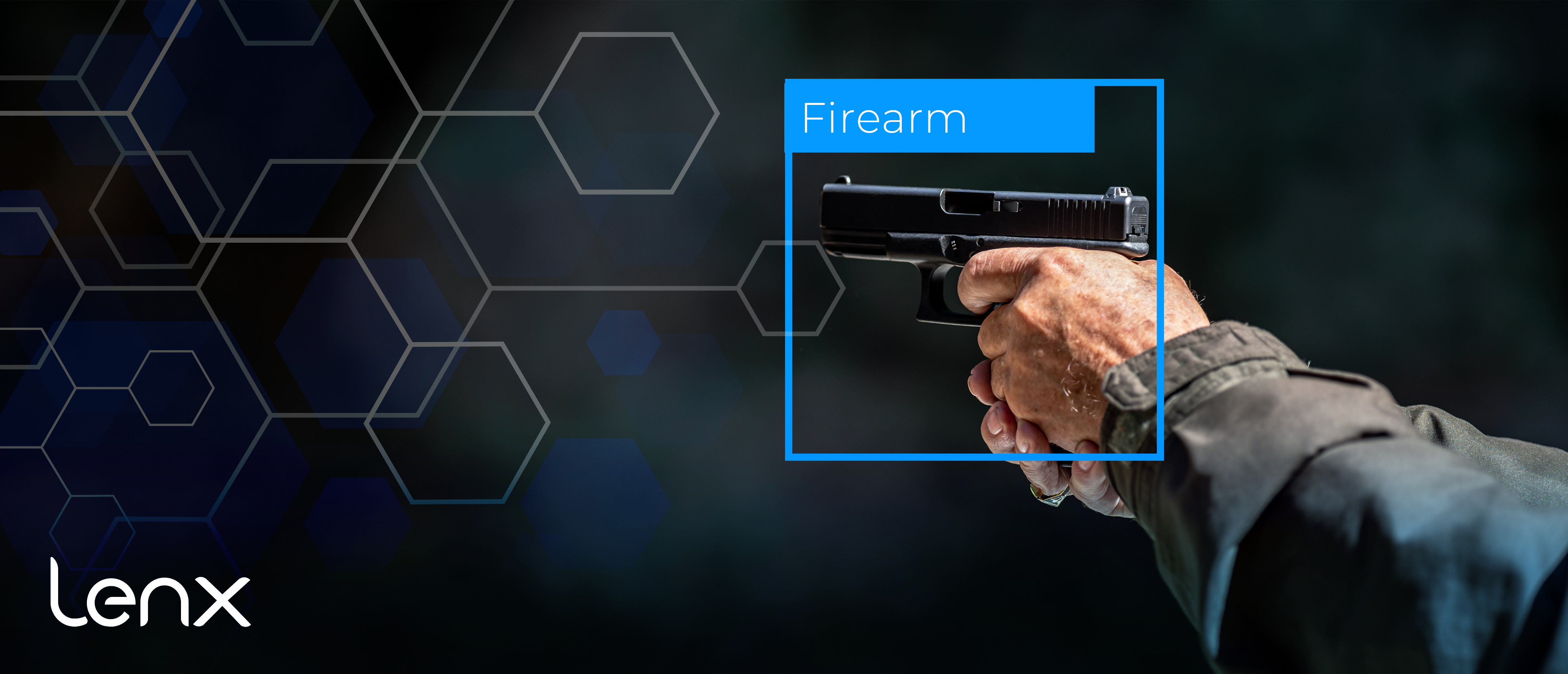
AI Security, Gun Detection: How it Works
In the realm of AI security, gun detection stands a critical innovation. It's a technology designed to identify firearms in various environments.
This system leverages advanced machine learning algorithms. It analyzes visual data, making real-time threat identification and response possible.
The integration of AI Gun Detection with existing surveillance systems enhances public safety. However, it also raises important ethical considerations.
In this article, we delve into the intricacies of AI Gun Detection. We explore how it works, its applications, challenges, and the future of AI in weapon detection.
The Imperative of AI Gun Detection
AI Gun Detection is a crucial tool in modern security. It serves to augment human efforts, not replace them.
The technology can be deployed in various settings. Schools, airports, and public venues are just a few examples.
The implementation of AI Gun Detection can potentially reduce response times during critical incidents. This rapid response can save lives and prevent further harm.
However, the integration of AI security systems requires collaboration. Technology developers, law enforcement, and policy makers must work together for effective implementation.
Core Technologies Behind AI Gun Detection
AI Gun Detection relies on advanced machine learning algorithms. These algorithms analyze visual data to identify firearms.
A key component of this technology is object recognition. It enables the AI to differentiate firearms from other objects.
Pattern recognition is another crucial element. It allows the AI to identify guns even in complex or obscured backgrounds.
The accuracy of AI Gun Detection hinges on the quality and diversity of the training data. Continuous learning and model updates are necessary to adapt to new firearm designs and concealment methods.
Convolutional Neural Networks (CNNs)
Convolutional Neural Networks (CNNs) play a significant role in AI Gun Detection. They are a type of neural network used for image recognition tasks.
CNNs analyze images by breaking them down into smaller, manageable pieces. They then identify patterns within these pieces to recognize objects.
In the context of gun detection, CNNs can identify firearms even when they are partially obscured or in complex backgrounds.
Training Data: Quantity and Quality
The effectiveness of AI Gun Detection is largely dependent on its training data. The AI is trained on vast datasets of images and videos containing firearms.
The quality and diversity of this data are paramount. The AI must be exposed to a wide range of firearm types, environments, and scenarios to accurately identify guns in real-world situations.
However, training AI systems to recognize guns in low-light or crowded environments presents additional challenges. These challenges must be addressed to ensure the reliability of the system.
Real-Time Monitoring and Response
Real-time monitoring is a critical feature of AI Gun Detection. It allows for immediate threat identification and response.
When a firearm is detected, the system can alert security personnel instantly. This rapid response can potentially reduce response times during critical incidents.
However, the role of human oversight remains crucial. It ensures accuracy and accountability in the system's operation.
Integration with Surveillance Systems
AI Gun Detection can be integrated with existing surveillance systems. This enhances public safety by augmenting the capabilities of these systems.
In various settings, such as schools, airports, and public venues, this integration can significantly improve security measures.
Challenges and Considerations
Despite its potential, AI Gun Detection is not without challenges. One of the main issues is the accuracy of the system.
False positives and negatives are a significant concern. Developers must continually work to minimize these errors.
Ethical implications and data privacy are also paramount considerations. The balance between security and civil liberties is a topic of ongoing debate.
Minimizing False Positives and Negatives
False positives, where the AI incorrectly identifies a gun, can cause unnecessary panic. On the other hand, false negatives, where the AI fails to detect a real gun, can have dire consequences.
Continuous learning and model updates are necessary to improve accuracy. This helps the AI adapt to new firearm designs and concealment methods.
Ethical Implications and Data Privacy
The use of AI in surveillance raises ethical questions. Potential bias in the AI's decision-making process and the impact on privacy are significant concerns.
Data privacy issues arise from the collection and analysis of surveillance footage. Transparency in AI decision-making processes is crucial to build trust and understanding.
The Future of AI in Weapon Detection
The field of AI security, particularly gun detection, is rapidly evolving. New breakthroughs and methodologies are emerging, promising more effective systems.
Future advancements may include the integration of other sensory data, such as audio recognition. This could further enhance the AI's ability to detect threats.
However, the cost and complexity of implementing these advanced systems remain a consideration. Collaboration between AI developers, security experts, and policymakers will be crucial to navigate these challenges.

